Quang Tri
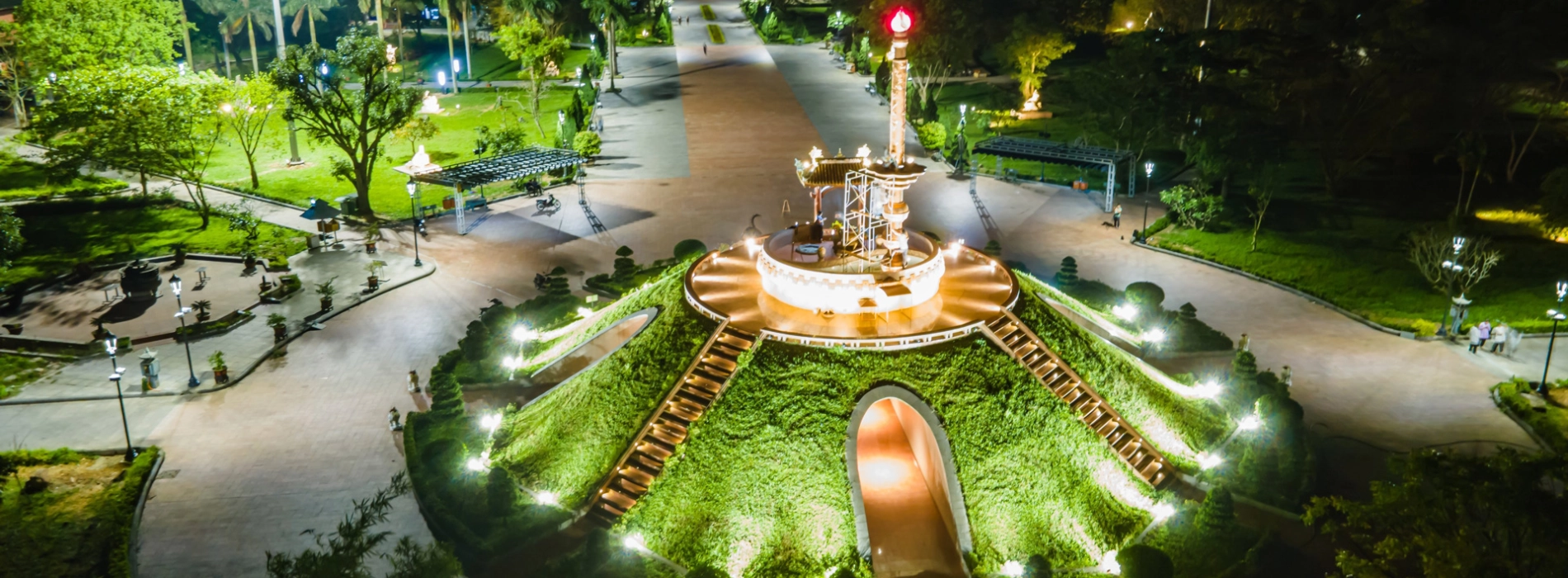
Quang Tri Province seemed peaceful in the sunny and windy central region, where hardworking people overcame life's difficulties. Unfortunately, history has recorded the cruel and sorrowful memories on every inch of land.
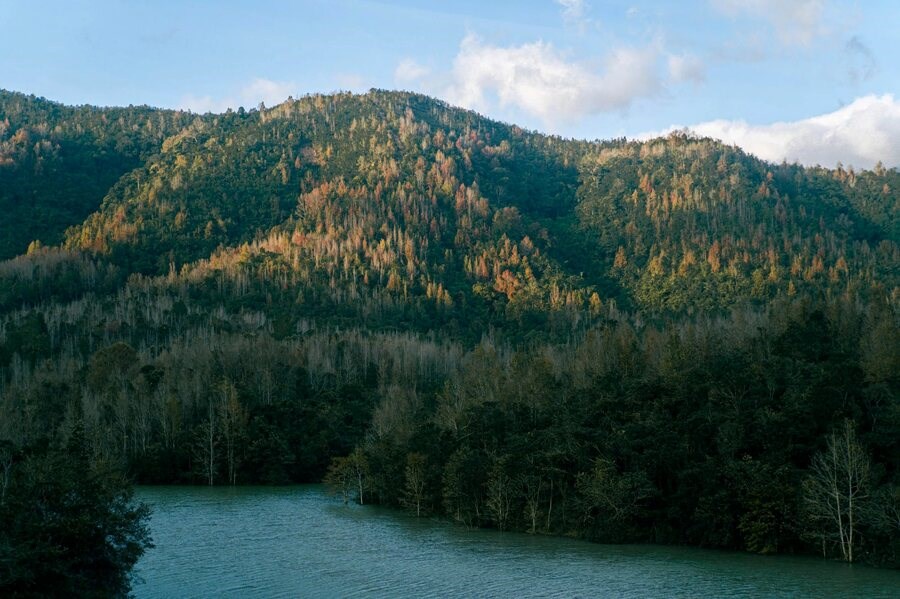
A maple leaf forest in Quang Tri is surprisingly alike to those found in Europe. Photo: Thanh Nien
Despite its turbulent past, Quang Tri has now emerged as a captivating travel destination, inviting adventurous souls to explore natural wonders and immerse themselves in the resilient spirit. Let's explore the province further in the following article with Asia King Travel.
From the 1000 years of Northern domination to the 11th century, the land belonged to Lam Ap - Champa Kingdom. In 1069, King Rudravarman III ceded the land now Quang Binh Province and the northern part of Quang Tri Province to the Ly Dynasty as an atonement. In the 14th century, King Sinhavarman III continued offering land to Hue as a wedding gift to Princess Huyen Tran.
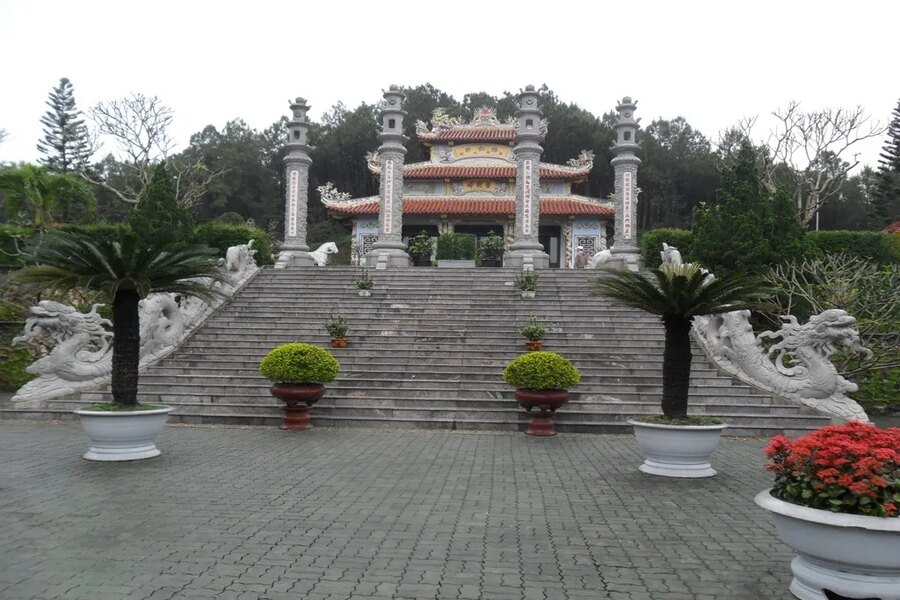
Princess Huyen Tran is revered for her selfless act to the country expansion. Photo: DHSP Hue
During the French colonial, the province was combined with Quang Binh to form Bình Tri province. According to the 1954 Geneva Accords, Ben Hai River became the demarcation line dividing Vietnam into two parts.
A unified election never took place, and the country endured a 20-year war to achieve it. After reunification in 1975, Quang Binh, Quang Tri, and Thua Thien Hue were merged to form Binh Tri Thien province. In 1989, they were separated like today.
Quang Tri is the gateway to the South, controlling a portion of the Ho Chi Minh Trail - the North's supply route for troops and supplies. Therefore, the province became a hotly contested target for both sides throughout the war.
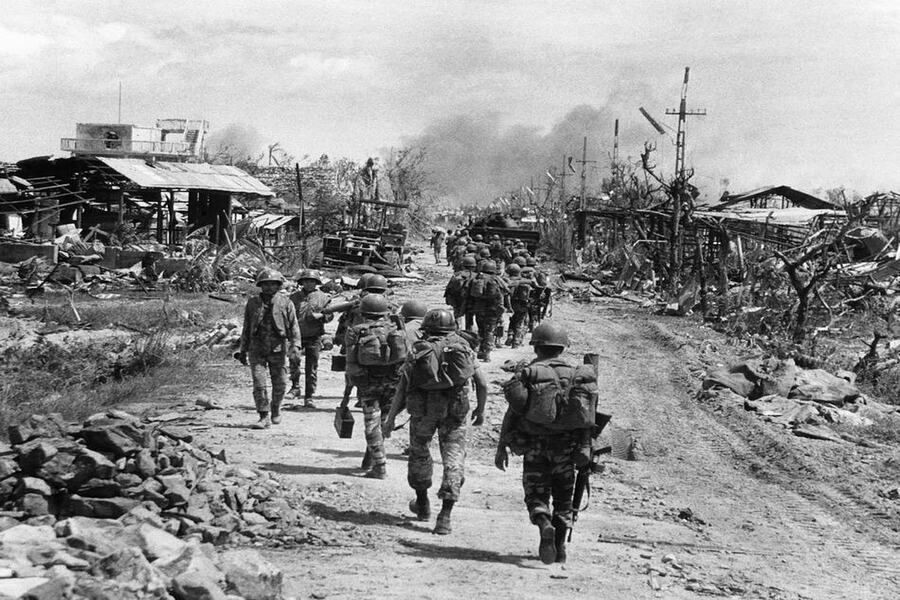
The ruined scene of Quang Tri Town in 1972. Photo: AP
One of the most significant battles took place in Quang Tri Citadel. "Meat grinder" is the most accurate description of this battle. 81 days and nights inside the citadel claimed the lives of over 10,000 soldiers from both sides.
The Battle of Khe Sanh fought in 1967-1968 was another major conflict. The United States Marines and their South Vietnamese allies endured a grueling 77-day siege by the North Vietnamese Army at Khe Sanh Combat Base. Vietnamese people saw Khe Sanh as the "second Dien Bien Phu", while Americans started an anti-war movement,
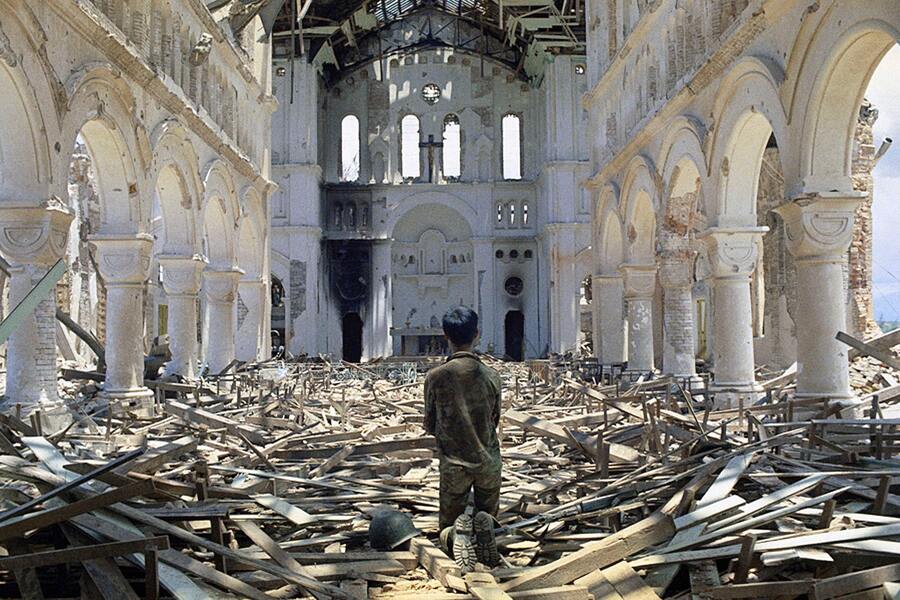
A soldier prayed in front of La Vang Church. Photo: AP
Today, the province still preserves many relics left over from the war. Each relic is evidence of a fierce battle and soldiers’ sacrifice. In addition to the aforementioned places, there are other destinations such as Hien Luong Bridge - Ben Hai River, Highway 9, Vinh Moc Tunnels, etc.
Quang Tri is situated in the north-central region of Vietnam, around halfway between Hanoi and Ho Chi Minh City. It borders Laos to the west and has a long coastline along the East Sea. As you know above, Quang Binh and Hue are at the north and south border.
Suggested for you: Center Vietnam Tour 7 days
Tucked away in Central Vietnam, Quang Tri Province is a little off the beaten path, but totally worth the journey. If you're already traveling through Vietnam, an open bus ticket is a cheap and flexible option. The major north-south routes have stops in Dong Ha Provincial City or Quang Tri Town.
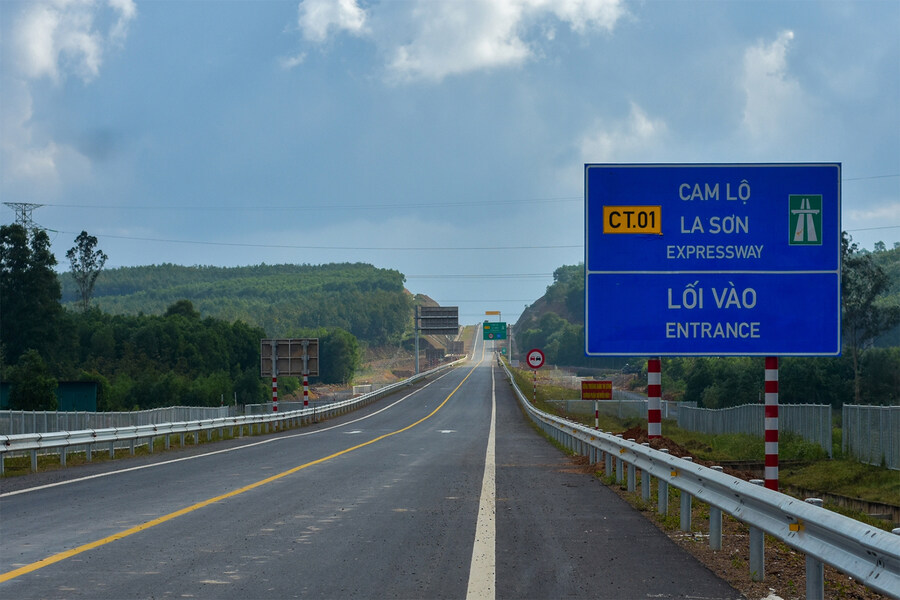
Cam Lo - La Son Expressway connects Dong Ha City in the north to Hue in the south. Photo: VnExpress
For a more comfortable experience, you can book a private car transfer from Da Nang or Hue. This is pricier but gets you door-to-door service. Having your personal vehicle also gives you way more freedom to explore lesser-visited sites.
Taking the train is probably the best option for the long distance between the two ends of the country. Dong Ha Station serves 11 trains daily, meeting the travel needs from Hanoi and Ho Chi Minh City, as well as important stops like Hue and Dong Hoi (Quang Binh Province).
Quang Tri has a tropical monsoon climate. The summer runs from April to August, with hot and sunny weather ideal for hitting the beaches or exploring the countryside. Temperatures often soar above 35°C, especially between June and August. The rainy season is from September to February, they have cooler temps but very humid conditions.
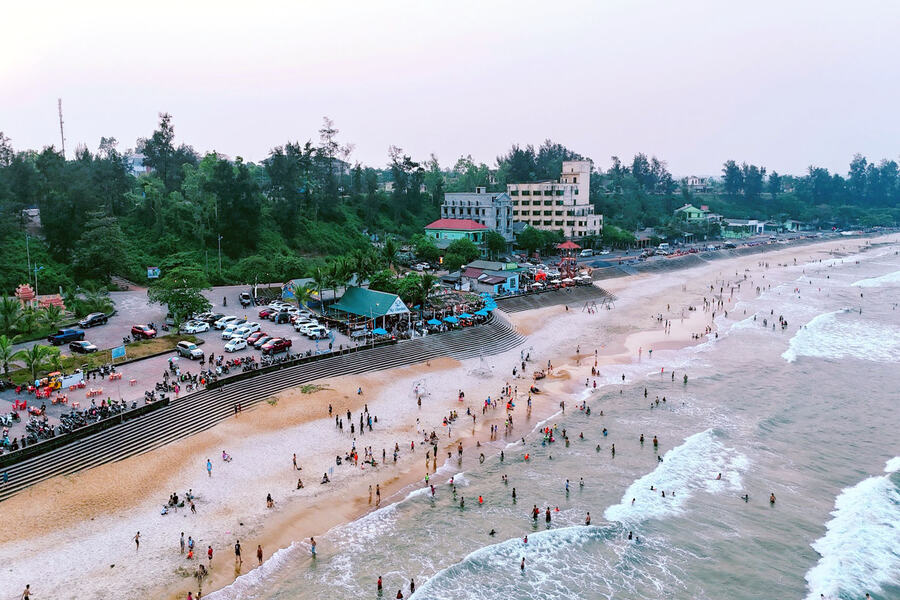
Cua Tung Beach attracts visitors every summer. Photo: Phong Nha Explorer
Many travelers prefer visiting during the shoulder seasons of April-May or September-November. You'll avoid the extreme heat while still enjoying plenty of sunny days. September is particularly nice, as the rains help greenery flourish after the scorching summer.
Mussel vermicelli is elevated to the provincial specialty in Mai Xa Village, Gio Linh District. The mussels are sauteed with onion, then water is added and seasoned to make the broth. Chefs often add a slice of ginger to enhance the broth's flavor. When eating, you can add a lot of chili to experience the full spicy flavor of central Vietnam.

Provinces from Quang Tri to Quang Nam specialize in making dishes from mussels. Photo: Dac san Hue
Trong leaves only grow abundantly in Quang Tri, so the dish is considered a province’s specialty. The leaves have a slightly spicy and pungent flavor. The beef and trong leaves dish can be grilled or stir-fried. If you want to try the fragrant and spicy flavor of the leaves, choose the grilled dish, while the stir-fried dish will highlight the rich meat.

A plate of stir-fried buffalo meat with trong leaves. Photo: aFamily
Local people cannot do without banh it on their ancestral altars. When enjoying it, one can feel the soft, chewy texture, the aroma of dong leaves, and the sweet taste of mung bean and sticky rice filling. A bit of ginger adds a spicy kick and fragrance to the cake.
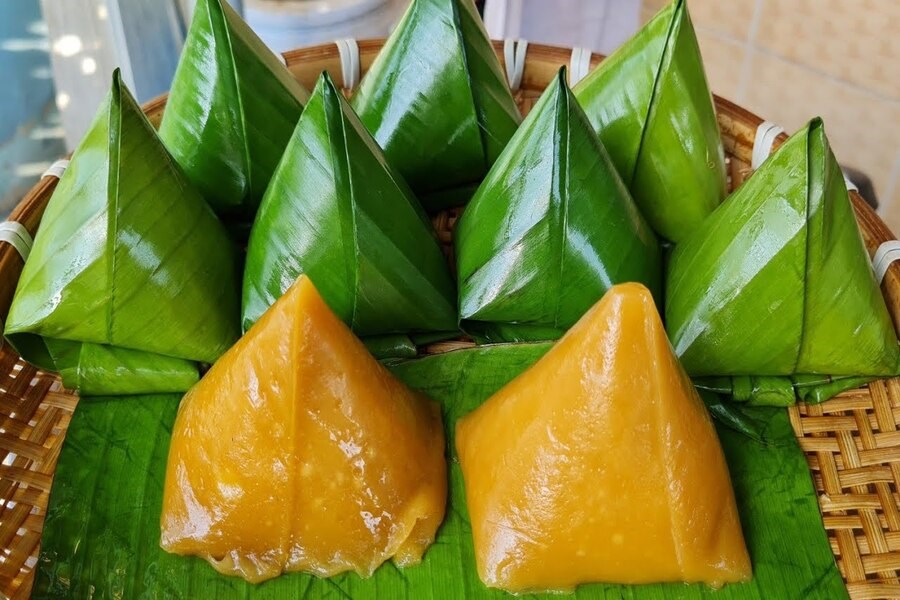
No matter how much you eat, it still feels like too little. Photo: Tu Le Mien Tay
Quang Tri Province is an off-the-beaten-path destination that packs a serious punch. With affordable accommodation, friendly locals, and numerous attractions, there's no reason not to go. Contact Asia King Travel and you will see this place burrow into your heart and mind long after you've left.
Suggested for you: Vietnam Tour 12 days: North & Center Vietnam Discovery